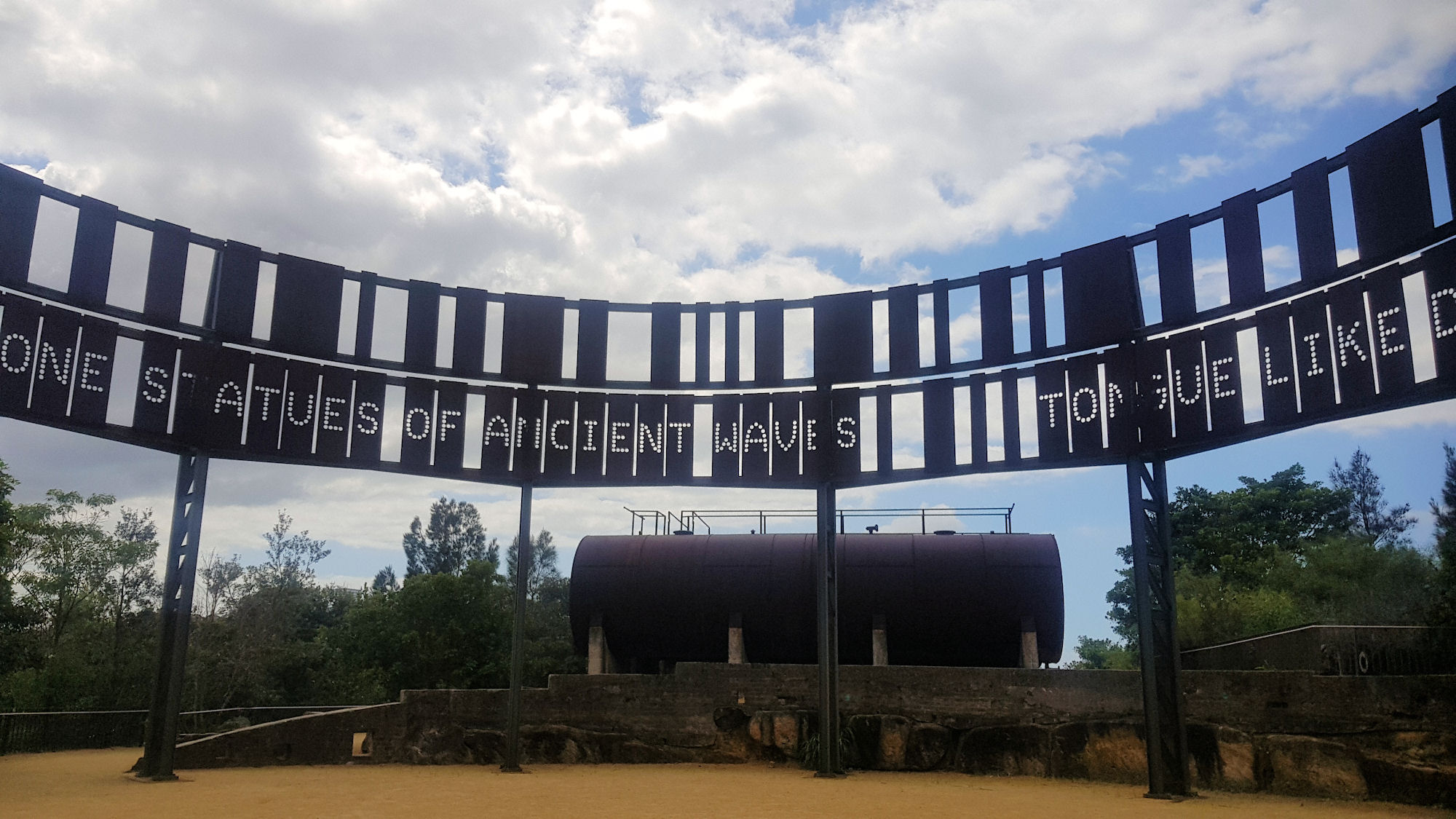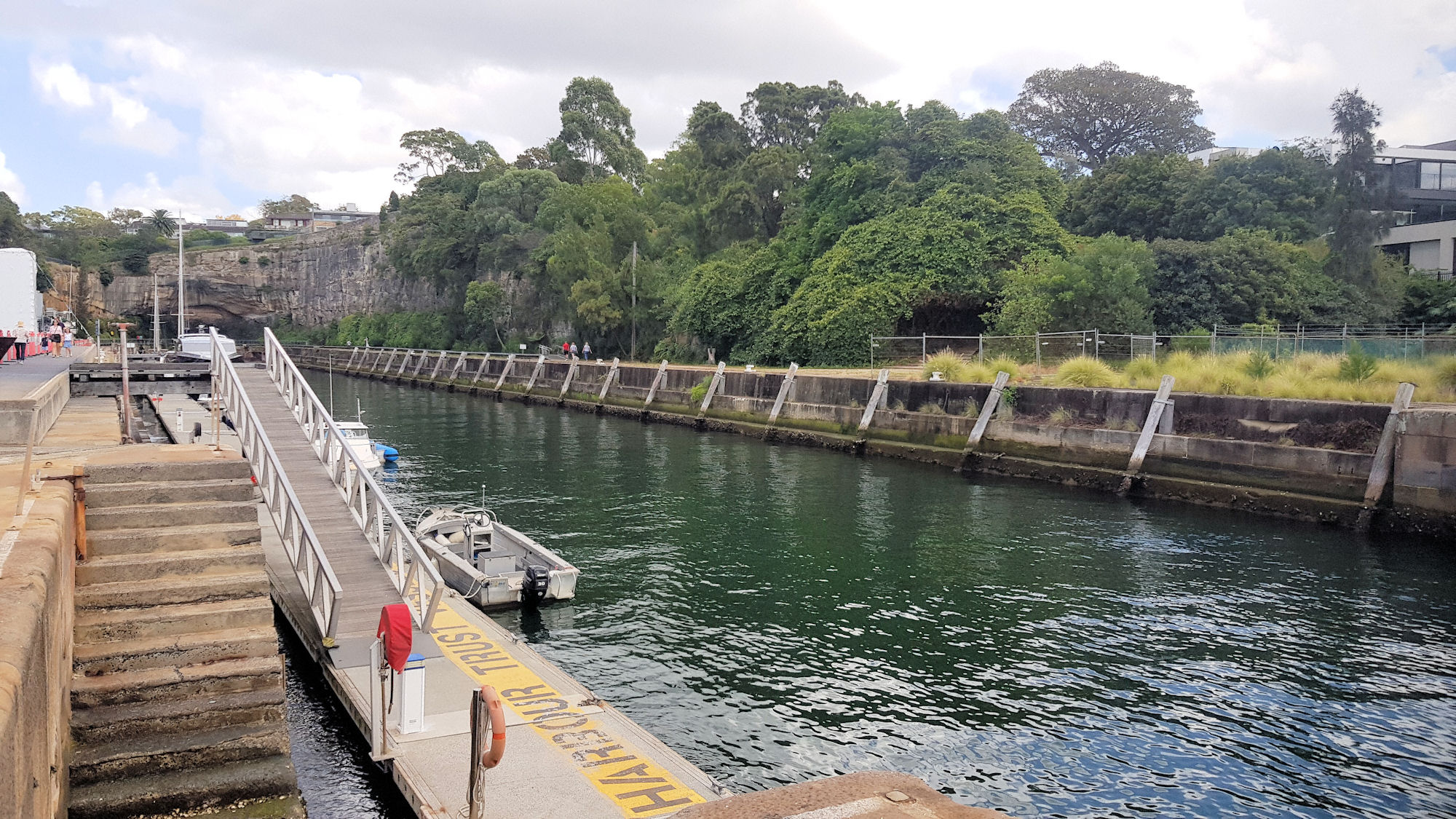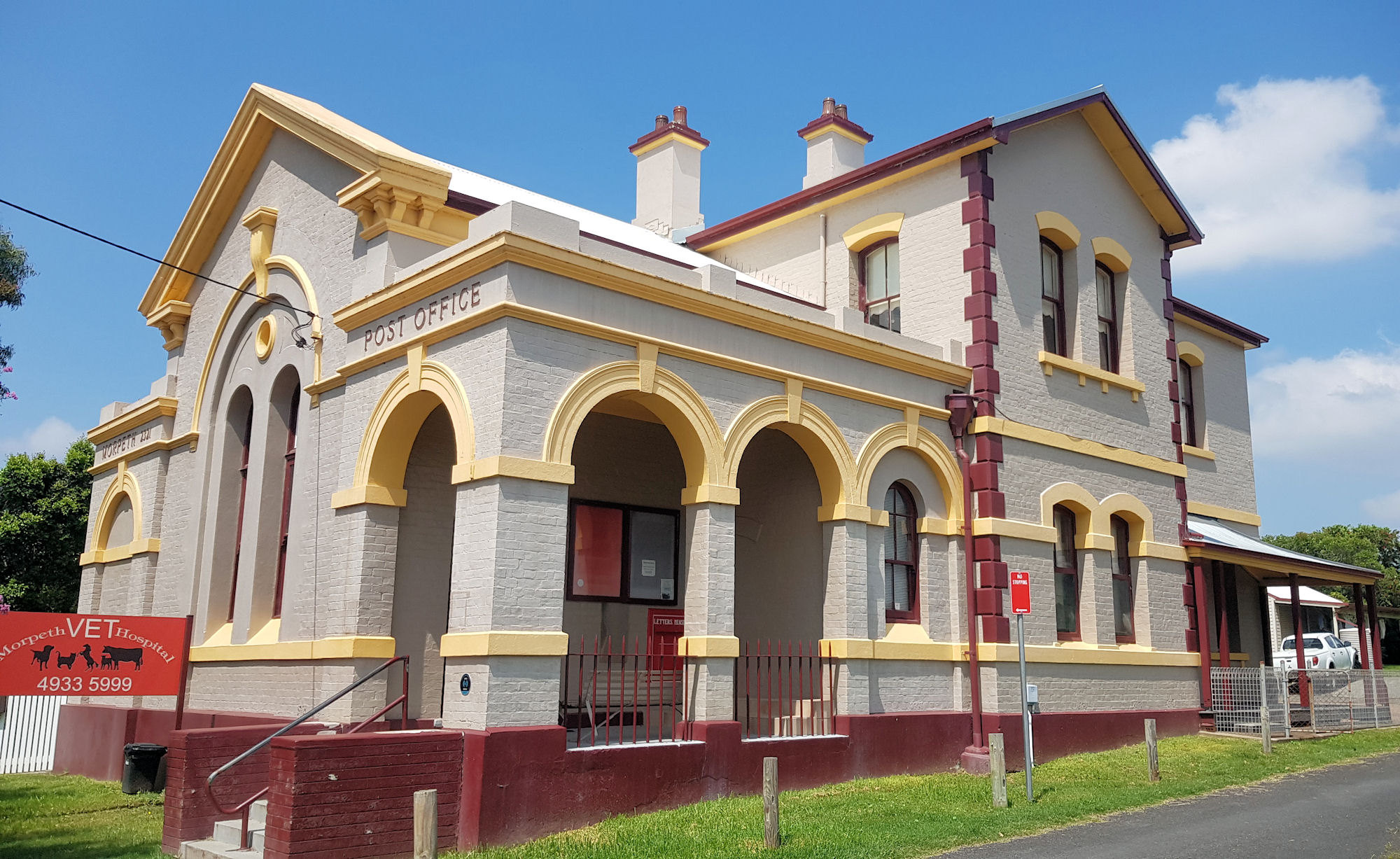Tag: History
-
Ballast Point Park Sydney Harbour

Ballast Point Park Getting There Located near Balmain Ferry Wharf, the easiest way to get to Ballast Point Park, is ferry. When you arrive, check out the old ferry wharf building, which is now a community library. Originally a fuel storage area, Ballast Point is now a beautifully rehabilitated public space on Sydney Harbour. Intended… Read more
-
Woolwich Dock on Sydney Harbour

Woolwich Dock Originally the largest dry dock in Australia when completed in 1910, Woolwich Dock is now a reminder of the past. Owned by the Sydney Harbour Federation Trust, the dock is well maintained and access is free. Getting There Only a ten-minute walk from Woolwich Wharf, Woolwich Dock was once a bustling shipyard, but… Read more
-
Morpeth on the Hunter River

Morpeth on the Hunter River Morpeth Initially created through by Edward Charles Close, who selected a property of 1,000 hectares Morpeth developed as a river port from 1831-1841. The river port grew steadily throughout the 1830s, but the construction of the Great Northern Railway in 1857, bypassed Morpeth. This resulted in Newcastle developing as the… Read more